
The old and eerie history of All Hallow’s Eve hints at the origin of many of our present day Halloween rituals. Pagan traditions date back to the ninth century Celtic festival of Samhain celebrated on October 31st. This night was also considered to be the Celtic New Year with celebrations of great gatherings and feasts. It was a belief, on this last autumn evening before the onset of the cold and desolate winter season, that only a sheer separation existed between the supernatural world and the physical world where the Lord of the Dead ruled. Ghosts of those that had passed on were allowed to revisit for an evening’s reunion with the homes they inhabited in their previous life. Other supernatural creatures such as witches, goblins, fairies and devils freely practiced their magic upon any unsuspecting humans they encountered.
The Irish lit bonfires on this last night of October and costumed themselves in animal skins for protection and to frighten ghostly beings away. Young Irish children, traveling country roads on this dark night, carried turnip lanterns carved by concerned mothers and lit with coal or peat embers. As their lights grew dim, children would beg house to house for fresh embers to aid their way safely home. As time passed, the dark and dire customs of Samhain changed.
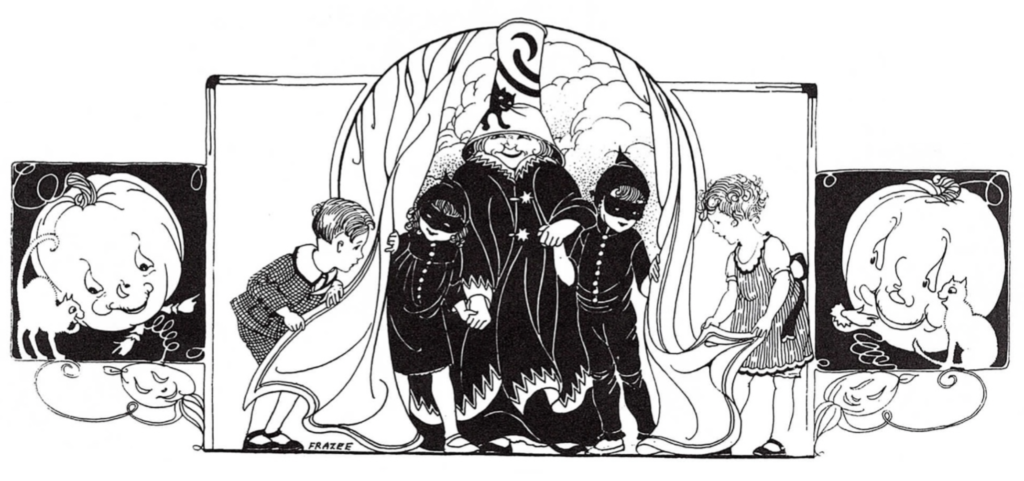
With the influx of Christianity into Ireland, the previous pagan rites were replaced and new holidays were introduced. All Soul’s Day set on November 2nd and All Saints’ Day celebrated on the first of November initiated a name change replacing Samhain with All Hallows’ Eve (Hallow is the Old English word for Saint). As the Irish made their way to America, they brought along many All Hallow’s Eve customs gifting their new country with celebrations of fun and frolic in preference to the ancient dark and dire traditions. One such practice Irish communities revived was the Old World custom of “guising,” in which a person would dress in costume and tell a joke, recite a poem, or perform some other trick in exchange for a piece of fruit or other treat.
In the late-nineteenth-century, trick or treating had not yet been introduced to the Halloween festivities in America’s small towns but pranks, tricks and illusions were popular. Mischief of one kind or another began to gain popularity. Older youth soaped windows, let air out of tires, set pigs free from their sties and threw bricks through windows demanding money or sweets to property owners threatening more vandalism if they didn’t supply. These destructive actions were answered with a strong effort to restyle Halloween. Parents moved festivities indoors and focused more on creating fun activities for their young children.

The new emphasis, which focused on an enjoyable Halloween celebration for everyone, gained support then slowly but surely created many of the familiar festivities we enjoy today. In the late 1930’s, The American Home magazine printed articles detailing trick-or-treating. Popular children’s Radio programs including The Baby Snooks Show and family TV shows such as The Jack Benny Program and cartoons featuring Donald Duck and his nephews Huey, Dewey and Louie provided storylines and visualization to the concept of a fun trick-or-treating activity. It didn’t take long for food and clothing companies to respond to this emerging child-oriented holiday producing halloween candy and halloween costumes for the emerging baby boomer generation. The idea of Halloween as a night of mischief was snuffed. In exchange, welcoming porch lights and bowls of small-scale candy treats responded to excited, young and costumed trick-or-treaters .
In the early 1960’s the mayor of New York City suggested the idea of changing Halloween to a night of charity, UNICEF Day. This new concept added to the revised, positive experience as children received small, orange, cardboard UNICEF boxes at school and collected money for charity along with their treats on Halloween night. The effort gained popular support and Trick-or-Treat for UNICEF soon became synonymous with the Halloween experience for subsequent generations of children. The Trick-or Treat for UNICEF campaign for children in need continues to remain strong.
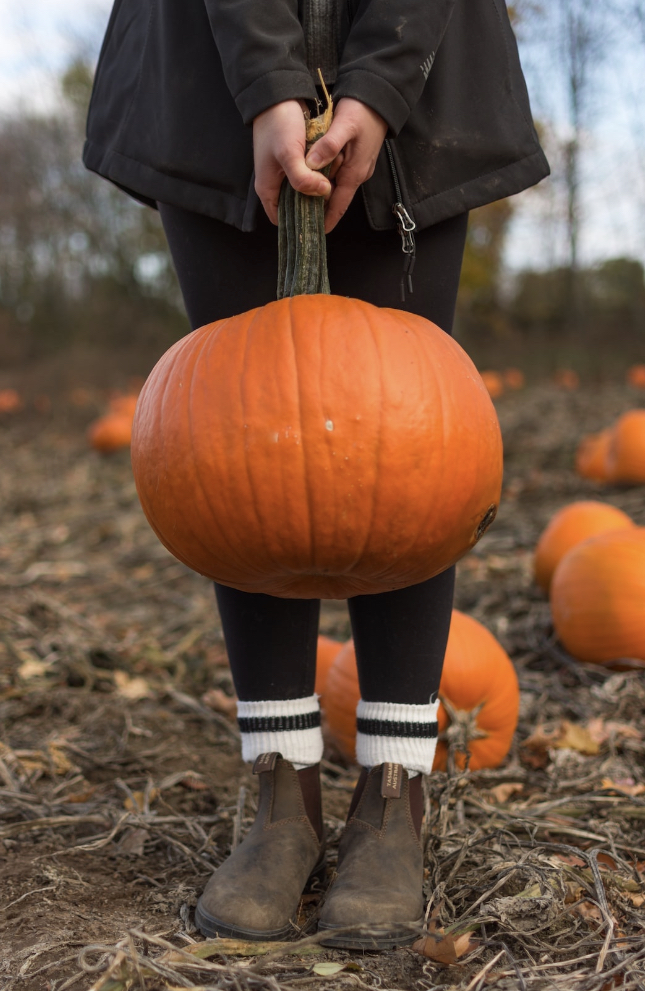
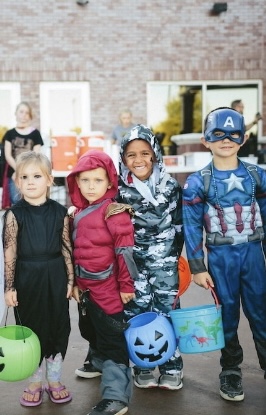
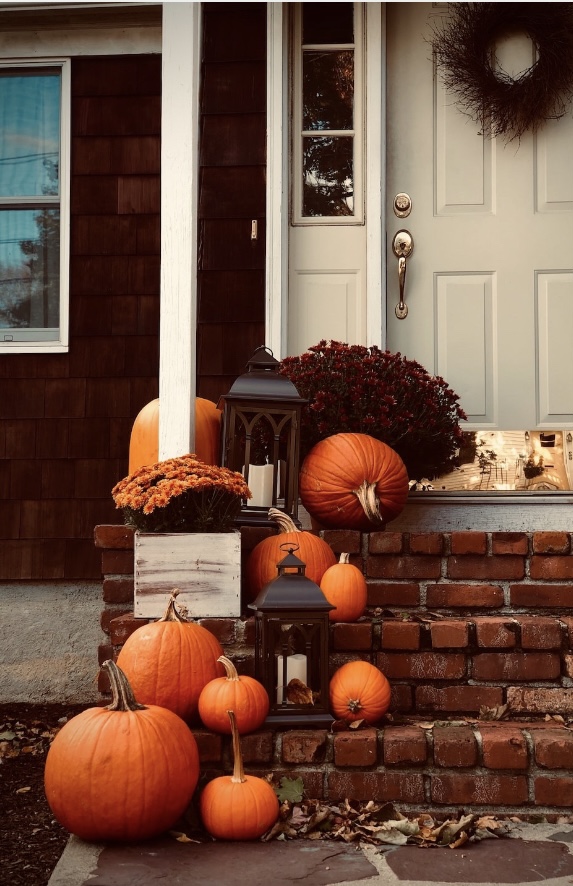
These days, dressing up in a halloween costume is a childhood rite and trick or treating in other forms has become popular. Trunk or treat, where children go car-to-car in a parking lot, shopping mall trick or treating and neighborhood high school trick or treating venues offer safe and fun alternatives for young children to celebrate Halloween. The family tradition of visiting a pumpkin patch and choosing just the right pumpkin to carve into a jack-o-lantern, light and put on display continues. Hosting or attending costumed community Halloween parties at school, church or with friends continues to gain popularity. Decorations in the traditional colors of orange and black are now accented with green and purple at these gatherings. Activities feature popular games as well as traditional fun like bobbing for apples and donut-on-a-string. Creative, spooky foods and drinks are cleverly served adding to the creepy, haunting atmosphere we continue to invite to our present day Halloween festivities.
The origins of All Hallows’ Eve began centuries ago with pagan traditions of Samhain followed by centuries of religious festivals. We find these to be unfamiliar yet, eerily hint to the origin of what has evolved into the Halloween celebrations we enjoy today. It makes one wonder what Halloween is going to look like for our children’s children and the generations to come. Nevertheless, one feature that remains the same, standing the test of time…October 31st is a unique night set apart in all of its frightful, enchanting mystery.

This pumpkin cookie recipe is a family generational Halloween season tradition. My mother made it for her six children, I made it for my children and now, my adult children bake batches for themselves.
When I was engaged, I bought a set of 3 X 5” index cards, sat at the typewriter and created my own collection of favorite family recipes to fill a recipe box gifted to me at my bridal shower. This recipe was included and I still refer to the same typed Pumpkin Cookie recipe card each and every October.
These cookies certainly aren’t beautiful but they are tasty, fun and worthy to be or become a Halloween season family favorite.
PUMPKIN COOKIE RECIPE
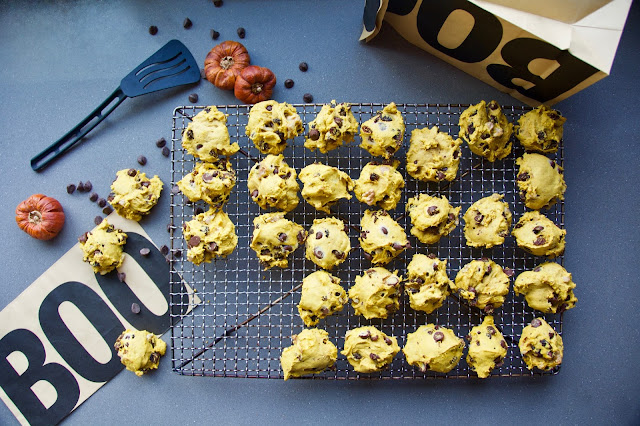

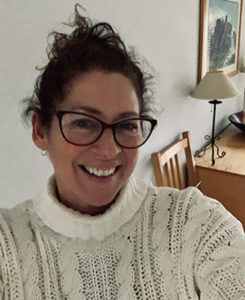
2 Responses
Thanks.
You are so welcome. It’s so interesting to learn where our modern day holiday traditions began.